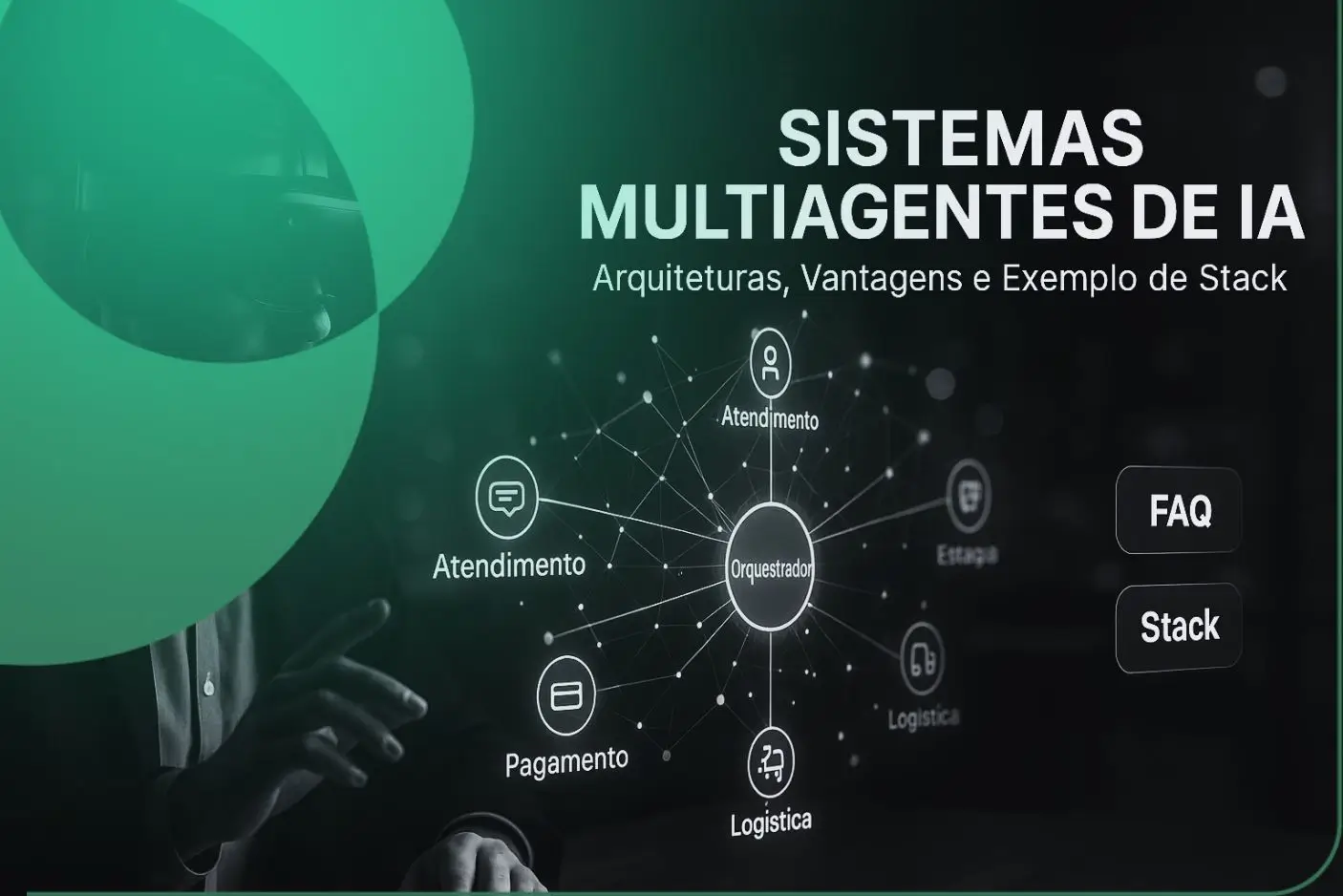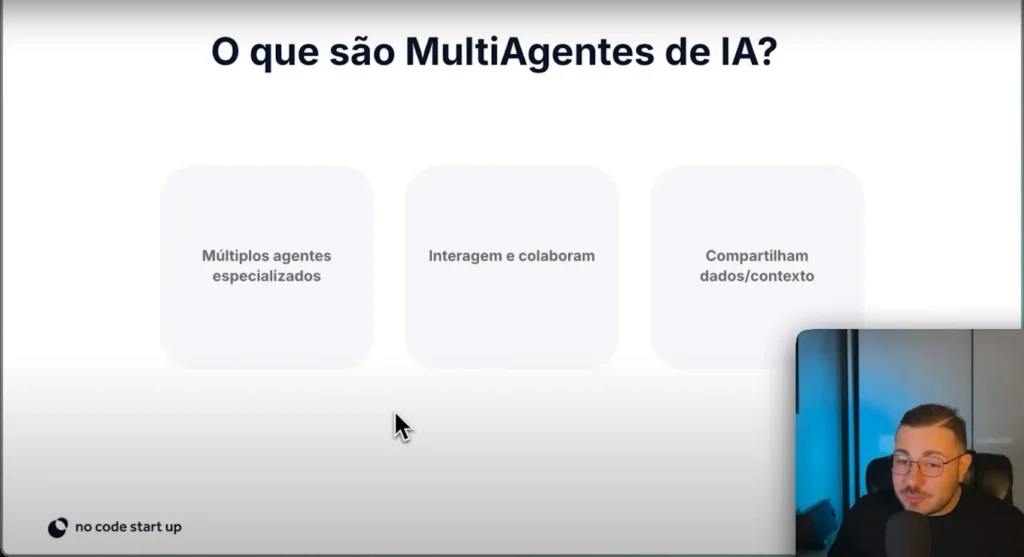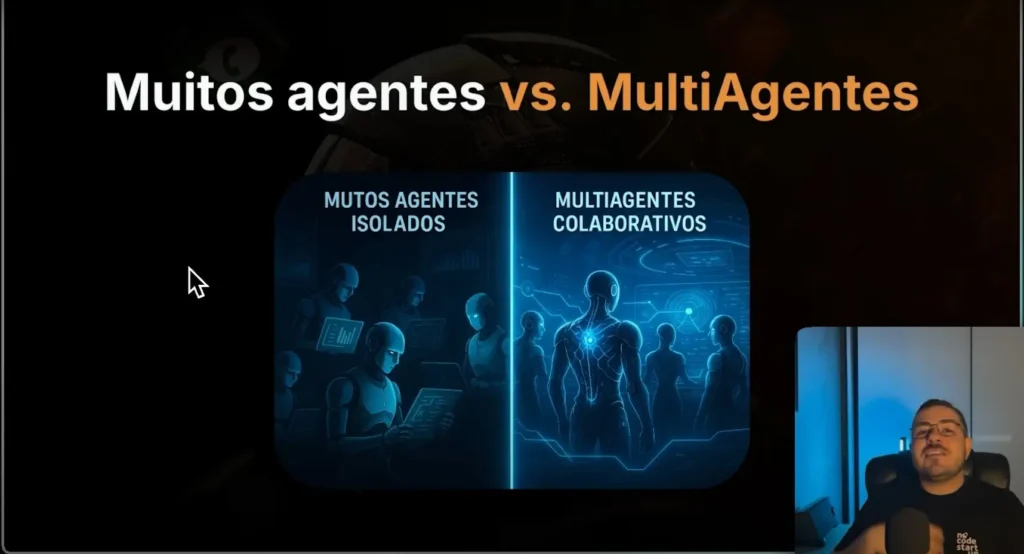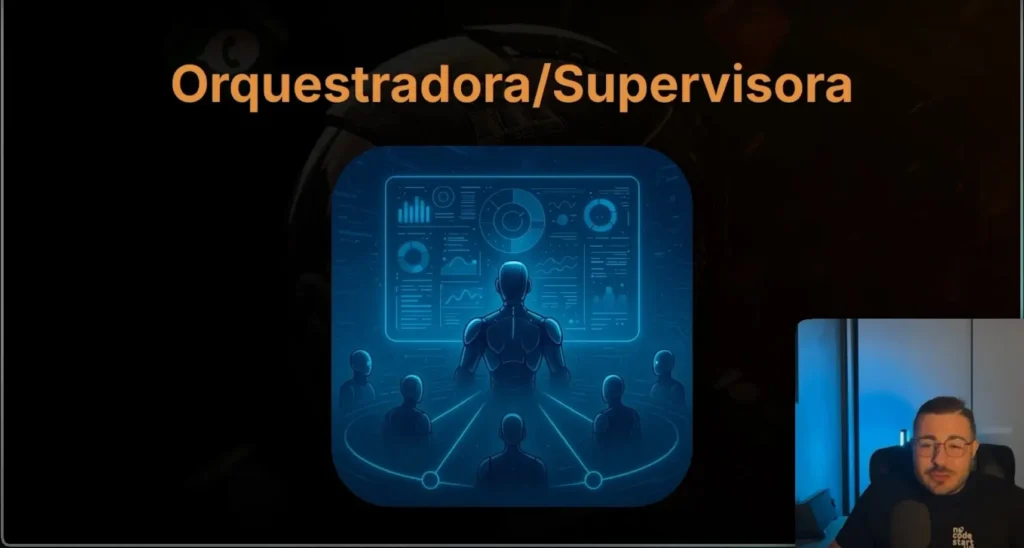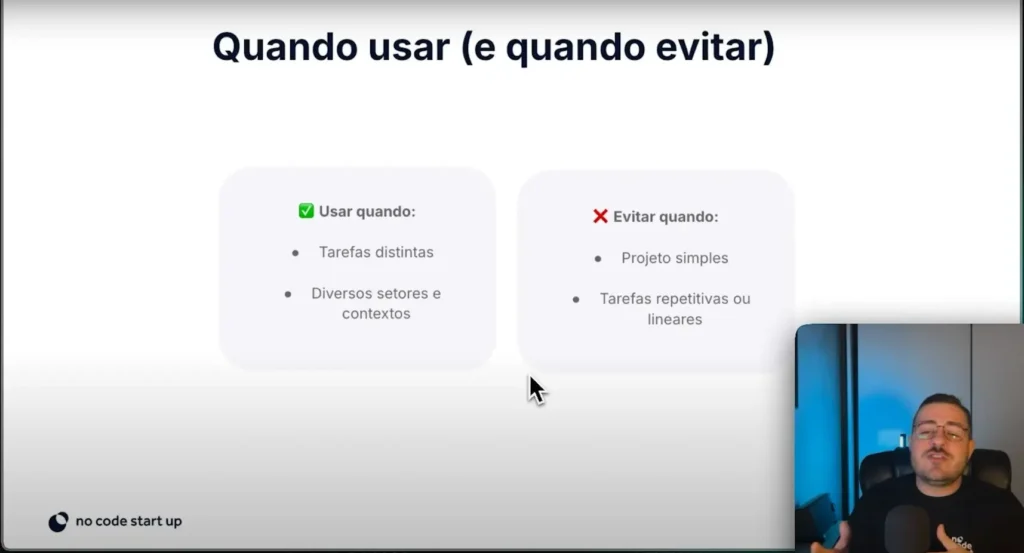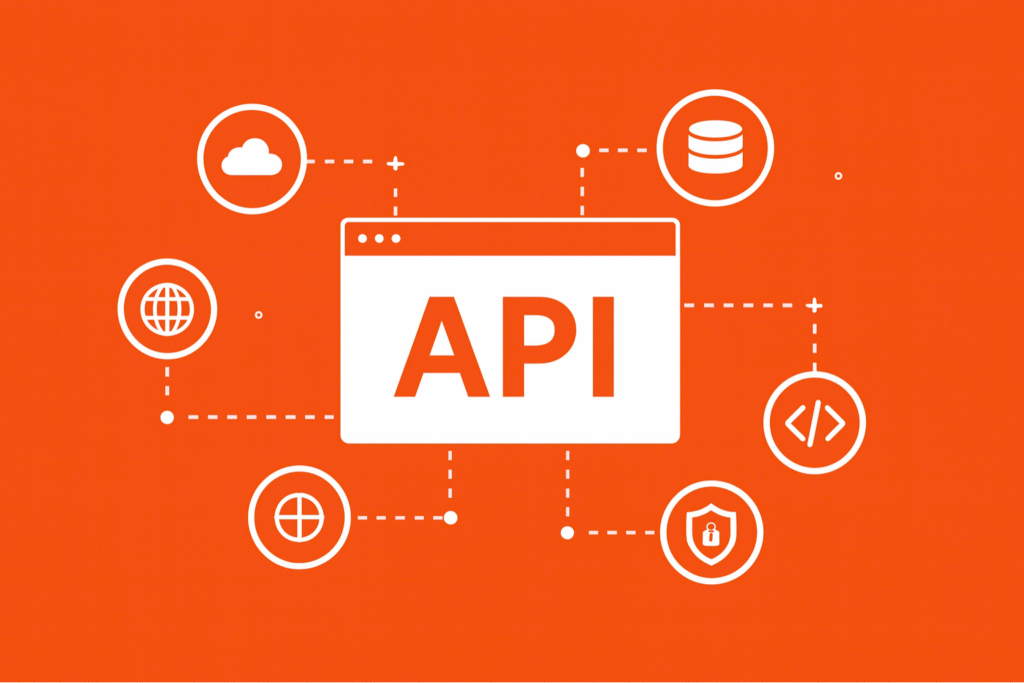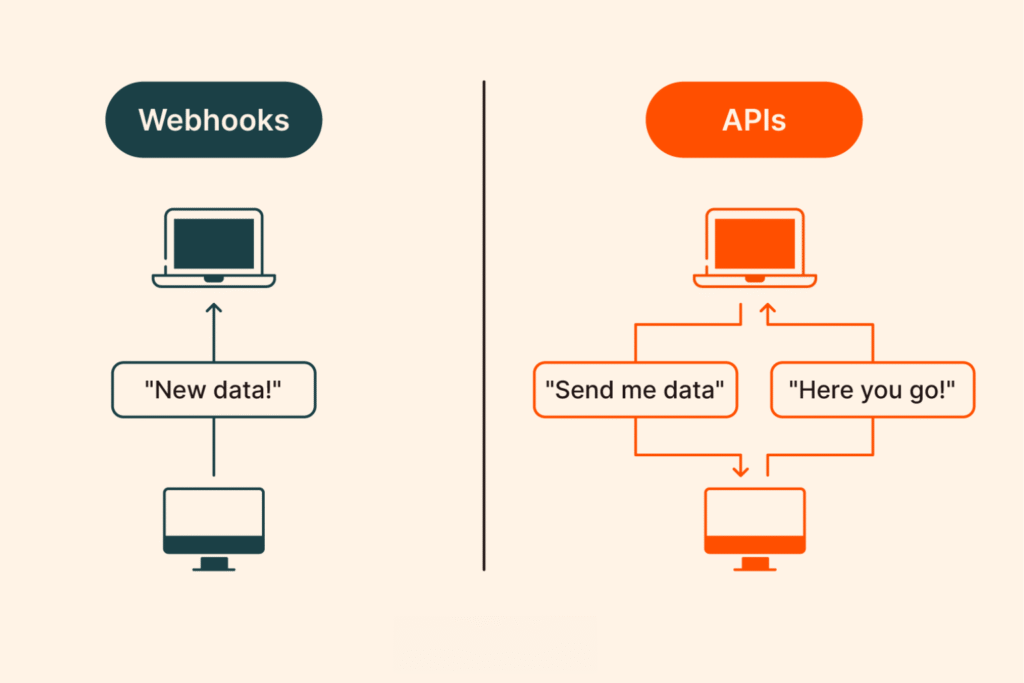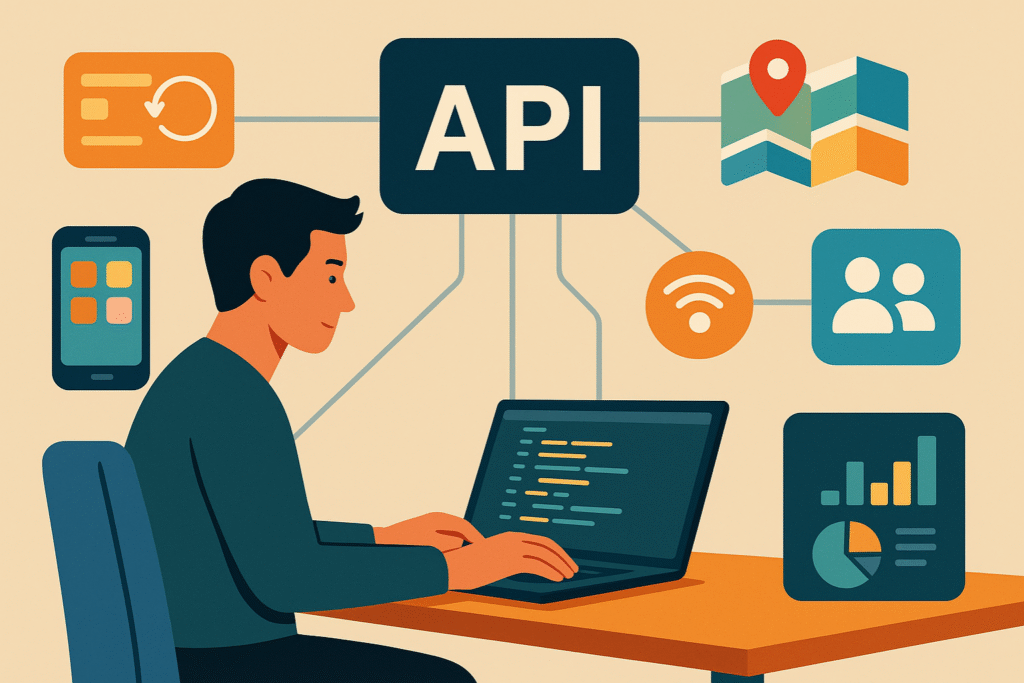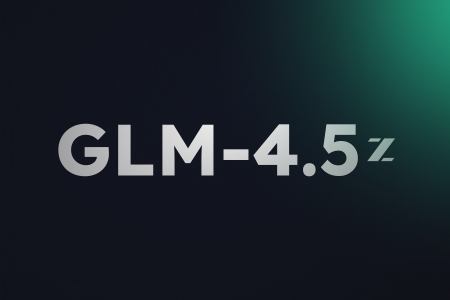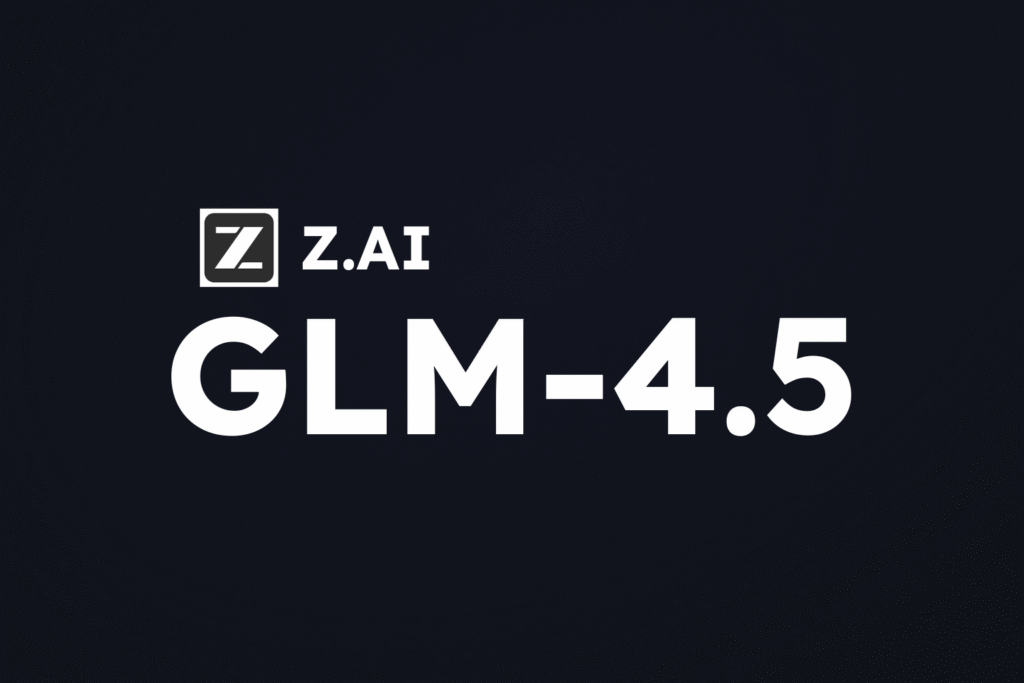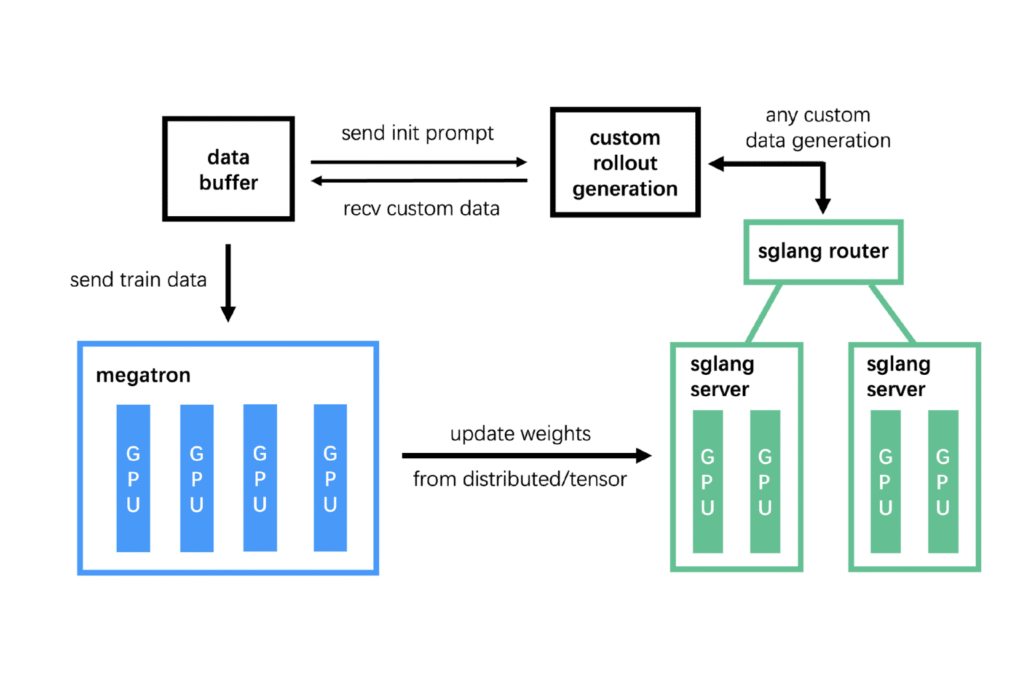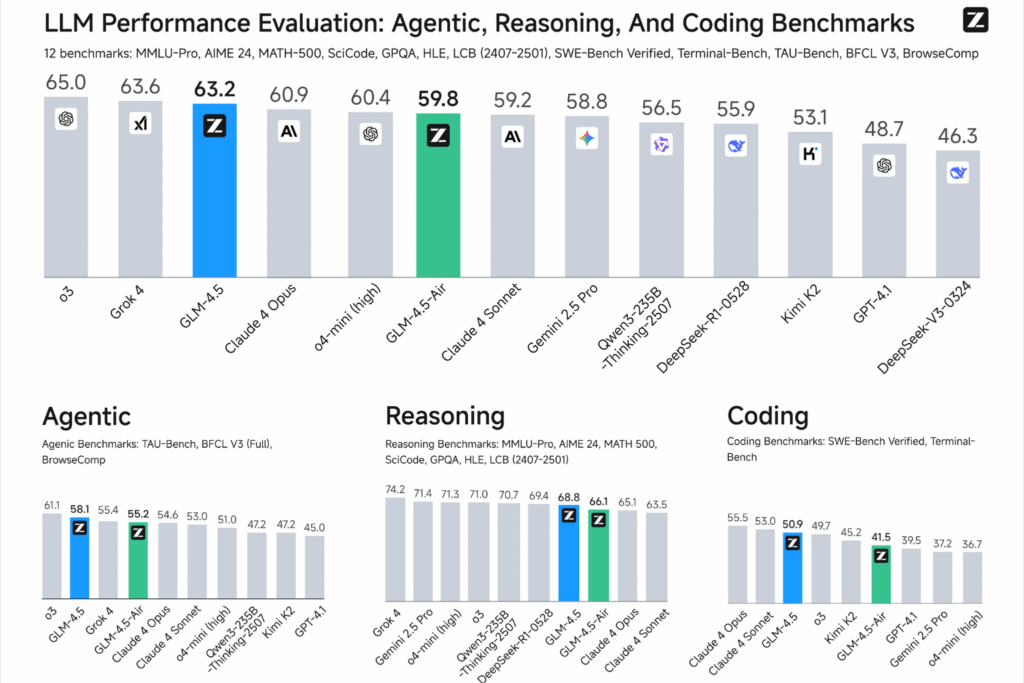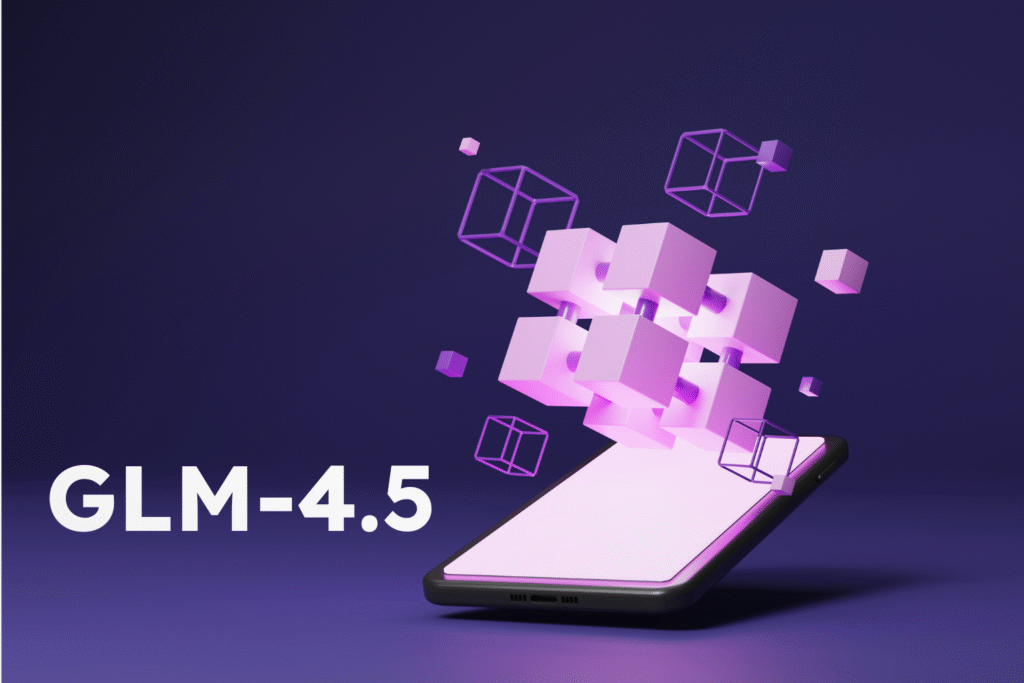A revolução tecnológica no setor fitness está em pleno andamento, e um dos protagonistas dessa transformação é o agente de IA para academias.
Trata-se de uma solução baseada em inteligência artificial que automatiza e otimiza desde o atendimento ao cliente até o acompanhamento de treinos e planos nutricionais.
A utilização de agentes inteligentes está mudando radicalmente a forma como academias se relacionam com seus alunos, aumentando a retenção e oferecendo experiências mais personalizadas.
Imagine um assistente virtual que entende o perfil de cada aluno, sugere ajustes no plano de treino com base em sua evolução e ainda envia mensagens motivacionais nos dias em que ele falta.
Não se trata de ficção científica, mas de uma realidade cada vez mais acessível para pequenos e grandes estabelecimentos.

Como funcionam os agentes de IA dentro de academias
Os agentes de IA funcionam como sistemas inteligentes que aprendem com os dados e se adaptam com o tempo.
Eles podem ser implementados via plataformas como Dify, Make (Integromat) ou até mesmo por meio de agentes personalizados com OpenAI, integrando-se aos sistemas de gestão existentes na academia.
Personalização em escala: o grande diferencial competitivo
As academias sempre buscaram oferecer um atendimento personalizado, mas isso costumava exigir uma equipe numerosa e treinada. Com um agente de IA para academias, é possível:
- Acompanhar resultados em tempo real
- Adaptar os treinos de forma automatizada
- Criar planos alimentares baseados em objetivos individuais
- Manter o engajamento via WhatsApp ou e-mail com comunicação personalizada
Essas automações não apenas economizam tempo dos profissionais humanos, como também reduzem erros, aumentam a precisão das recomendações e melhoram significativamente a experiência do cliente.
Ferramentas para criar seu agente de IA para academias
Diversas ferramentas NoCode e IA estão disponíveis para quem deseja implementar um agente inteligente sem precisar programar. A AI Agent and Automation Manager Training é uma das mais completas do mercado para capacitar profissionais nesse cenário.
Outras ferramentas recomendadas incluem:
- N8N Course para criar fluxos de automação integrando plataformas de gestão, apps de treino e sistemas de CRM
- FlutterFlow Course para quem deseja desenvolver um aplicativo customizado para a academia
- Bubble Course para construção de painéis administrativos e interfaces de gestão
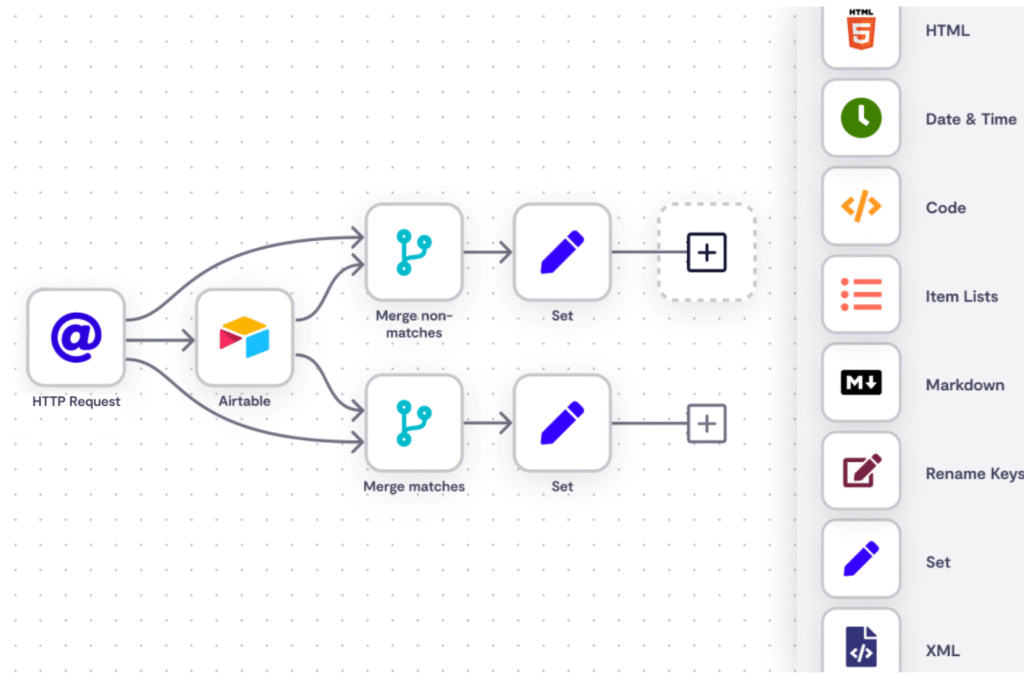
Exemplos reais de aplicação de agentes de IA em academias
SmartFit: IA para análise de performance
A rede SmartFit iniciou pilotos de agente de IA para academias que analisam dados de execução de exercícios e frequência, recomendando ajustes automáticos de treino para melhorar a performance individual.
Academias boutique: chatbots inteligentes para retenção
Diversas academias boutique, como a Selfit, vêm adotando chatbots baseados em IA generativa para recuperar ex‑alunos inativos.
Esses agentes enviam mensagens personalizadas no momento certo, utilizando automações criadas com plataformas NoCode, gerando um incremento médio de 12% na taxa de retorno.
Academia independente de São Paulo: WhatsApp como agente inteligente
Um estúdio funcional no interior de São Paulo implementou um agente de IA via WhatsApp Business API para acompanhamento nutricional.
Segundo reportagem do Valor Econômico, a adesão aos planos subiu 45% e a permanência dos alunos aumentou em média seis meses, graças a lembretes de refeições e ajustes de macro‑nutrientes calculados automaticamente.
Bodytech: análise preditiva e campanhas personalizadas
A rede Bodytech utiliza modelos de machine learning para prever probabilidade de evasão. Com base nesses insights, campanhas automáticas de e‑mail e push são disparadas, incluindo ofertas segmentadas.
De acordo com o relatório interno divulgado à Exame, o churn caiu 9% no primeiro trimestre de operação do agente de IA.
Orangetheory Fitness: ajustes de treino em tempo real
Nos Estados Unidos, a Orangetheory Fitness integra wearables proprietários e inteligência artificial na sala de aula.
O sistema ajusta intensidade de treino em tempo real com base nos batimentos cardíacos dos alunos, tecnologia que foi tema no Forbes Health.
A abordagem elevou em 22% o tempo em zona ideal de frequência cardíaca.
TotalPass: dados de engajamento a serviço das academias parceiras
O programa corporativo TotalPass aplica IA para analisar padrões de frequência e recomendar ações de fidelização aos parceiros.
Segundo o artigo “5 ways to boost member retention in your gym”, publicado pela Hapana em 24 de julho de 2025, academias que investem em estratégias de retenção registram 25 % de aumento no Lifetime Value (LTV) dos clientes.
Esses cases demonstram que incorporar um agente de IA para academias é uma estratégia concretamente viável e altamente competitiva.
Barreiras e soluções na adoção da IA nas academias e soluções na adoção da IA nas academias
Apesar do potencial transformador, ainda existem desafios na adoção de um agente de IA para academias. Muitos gestores enfrentam barreiras como falta de conhecimento técnico, resistência da equipe ou limitações financeiras.
Porém, formações como as oferecidas pela No Code Start Up permitem capacitar equipes com investimento acessível e retorno acelerado.
Além disso, plataformas NoCode reduzem drasticamente a complexidade de desenvolvimento.

O futuro dos agentes inteligentes no setor fitness
Com a popularização da IA generativa e dos sistemas autônomos, a tendência é que o agente de IA para academias se torne cada vez mais completo, incluindo recursos como:
- Análise automatizada de vídeos de execução de exercícios
- Diagnóstico de postura com base em visão computacional
- Planejamento de metas baseado em dados biométricos
- Interação natural com alunos via assistentes de voz
Companies like OpenAI and the Google DeepMind estão liderando a pesquisa em IA aplicada, e seus avanços tendem a se refletir diretamente no setor fitness.
Caminhos acessíveis para iniciar agora com IA em academias
Se você é gestor de academia, personal trainer ou profissional do setor, este é o momento ideal para explorar o uso de agentes de IA.
Ao começar pequeno, com um chatbot de atendimento ou um sistema de agendamento automatizado, é possível obter ganhos significativos sem grandes riscos.
Formar-se como AI Agent Manager é uma oportunidade de se destacar em um mercado altamente competitivo.
Explore os recursos educacionais da No Code Start Up e transforme sua academia com tecnologia de ponta.
A era das academias inteligentes já começou. Agora, a diferença estará entre quem lidera essa mudança e quem ficará para trás.

